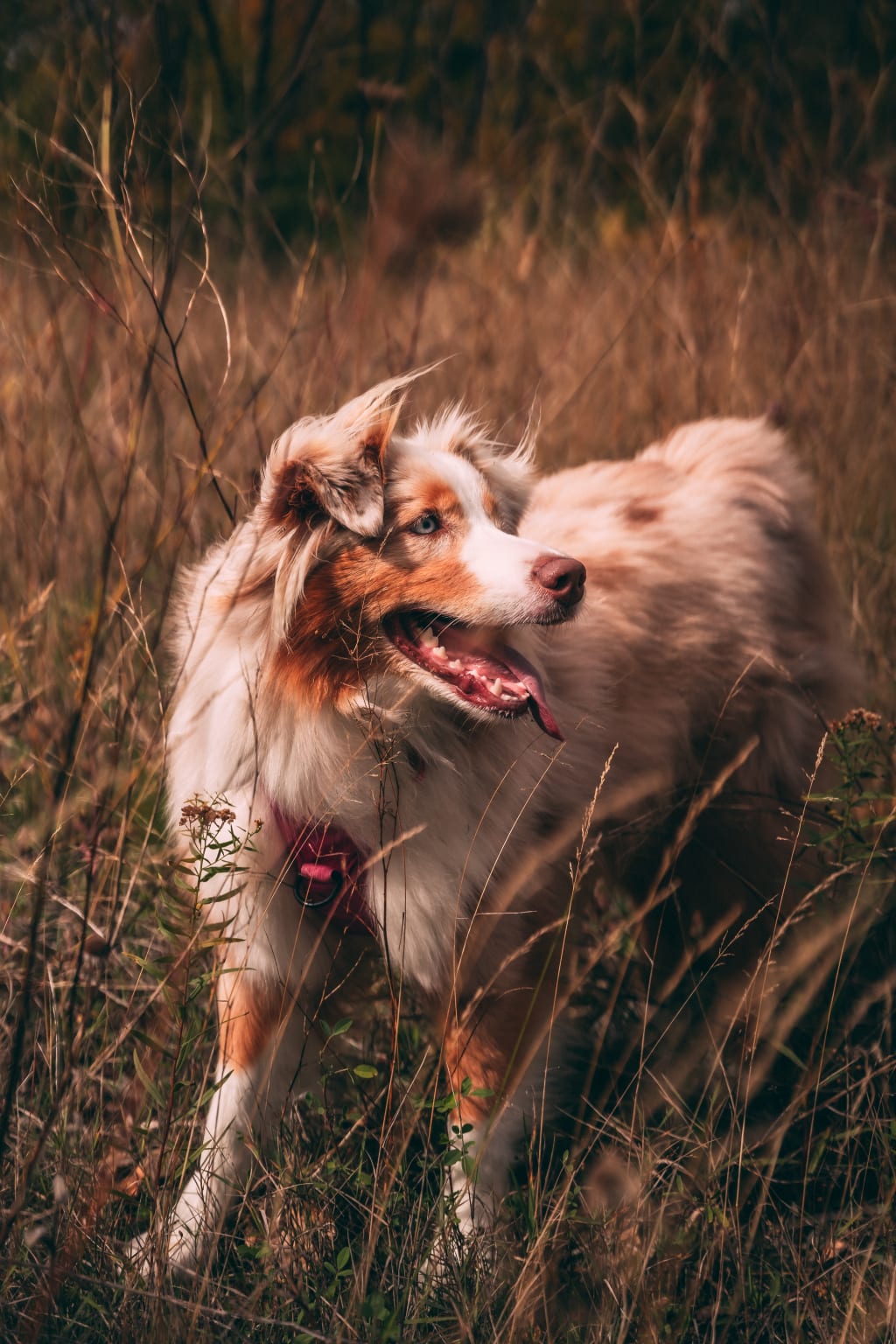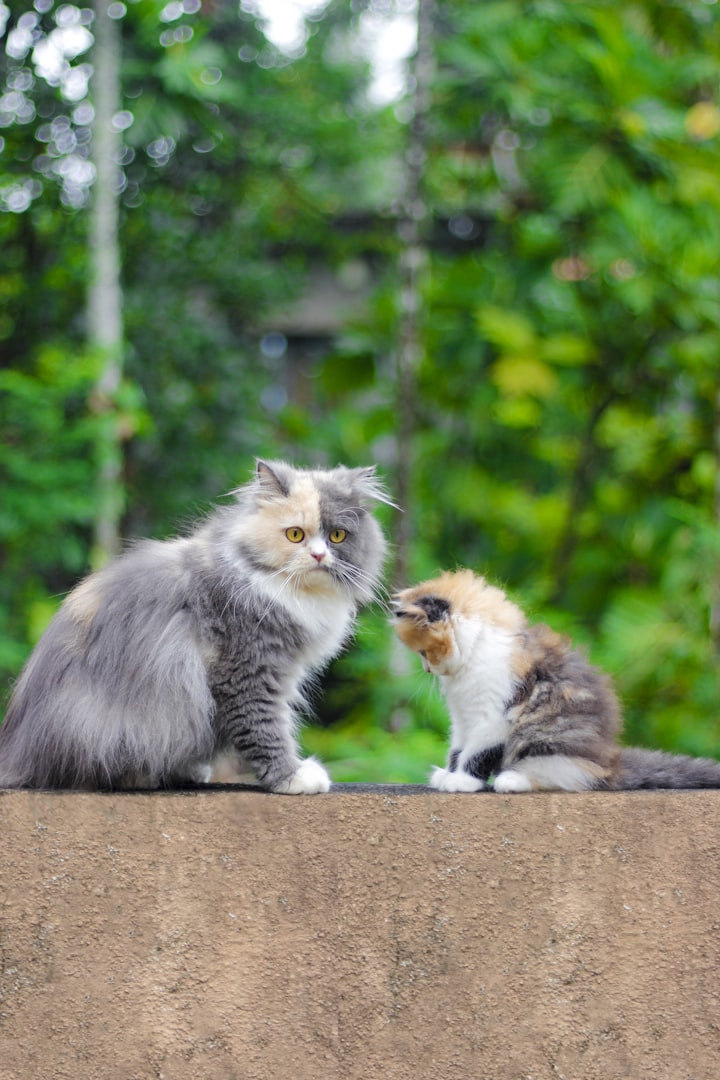
We love our canine companions and wish to provide them with the best life possible. But have you ever thought what your dog's typical day looks like? We can see a peek of their everyday routines and actions even though we might not be able to fully comprehend their point of view.
Morning Routine
Dogs are creatures of habit, so their morning routines are frequently predictable. A dog's day can start whenever they like, from dawn to mid-morning, depending on their age, breed, and lifestyle. Some dogs could awaken before their owners do, while others might sleep until their food dish makes a sound.
A walk outside to use the lavatory is typically the first thing a dog does. Most dogs are eager to go potty after holding it in all night. After finishing their business, they could wander around the garden for a while sniffing and investigating before going back inside.
Breakfast will follow. Dogs may eat once or twice a day, depending on the food and feeding schedule. While some dogs consume their food quickly, others take their time and enjoy each bite. Dogs may want to relax and digest their meal after eating. The owner can give them some affection and pets at this time.
Mid-Day Activities
Dogs may want to play or take a walk after breakfast. It's crucial to include exercise in a dog's daily routine because exercise is crucial for their health and wellbeing. They can stay active and cognitively engaged by playing fetch or taking a short walk around the neighbourhood.
Some dogs might take a nap in the middle of the day, while others would choose to unwind next to their owner. Your dog might want to stay close to you if you work from home. It's critical to give dogs a cosy place to slumber, such a dog bed or kennel.
Afternoon Routine
Dogs may become restless and demand more action as the day wears on. They can keep busy and burn off energy by going for another stroll or playtime. Certain interactive toys, such chew toys and puzzle toys, may be enjoyed by dogs as well.
Dogs may spend some time grooming themselves in the afternoon. They might do things like lick their face or paws, scratch their ears, or lick their fur or paws. Dogs may also appreciate their owner giving them a brushing session, which may keep their coat looking healthy and lustrous.
Evening Routine
Dogs may begin to hunker down for the evening as the day draws to a close. While some dogs would prefer a light snack, others might like another meal. Dogs may want to unwind and cuddle with their owner after eating. This could be a wonderful opportunity for some time spent together.
Dogs might require another toilet trip before going to bed. Some dogs might also like to take a quick walk to get some exercise and expend any pent-up energy. When they are inside again, dogs might want to rest in a comfortable area like a dog bed or box.
A basic dog training method called positive reinforcement training:
- Start with a clear goal: Before you begin training, decide what behavior you want to teach your dog. For example, you may want to teach your dog to sit or stay.
- Use positive reinforcement: Positive reinforcement means rewarding your dog for good behavior. When your dog does what you want, give them a treat or praise them with a cheerful voice.
- Be consistent: Consistency is key when it comes to dog training. Use the same command and reward every time your dog performs the desired behavior.
- Start with easy tasks: Start with easy tasks that your dog can easily accomplish. Once your dog has mastered these tasks, you can move on to more difficult ones.
- Use short training sessions: Dogs have short attention spans, so keep training sessions brief. Aim for 10-15 minute sessions a few times a day.
- Avoid punishment: Punishing your dog for bad behavior can be counterproductive. Instead, focus on rewarding good behavior.
- Be patient: Training takes time and patience. Don't get frustrated if your dog doesn't learn quickly. With consistency and positive reinforcement, your dog will eventually learn the desired behavior.
- Use a clicker: A clicker can be a helpful tool for training. Click the clicker when your dog performs the desired behavior, then immediately give them a reward. This helps your dog learn to associate the click with good behavior and the reward that follows.
- Use a command word: Use a consistent command word or phrase for each behavior you want your dog to learn. For example, use "sit" for the behavior of sitting down.
- Use hand signals: Dogs are very visual animals and can learn to respond to hand signals. Pair the hand signal with the command word and reward for maximum effect.
- Avoid distractions: When training, avoid distractions such as other dogs or people. Start training in a quiet environment, then gradually introduce more distractions as your dog becomes more confident in their training.
- Socialization: Socialization is an important part of training your dog. Introduce your dog to new people, animals, and environments to help them become comfortable and confident in different situations.
- End on a positive note: Always end training sessions on a positive note, even if your dog didn't perform perfectly. Finish with a reward or a fun activity to reinforce the good behavior.
Remember, every dog is different and may respond better to different training methods. If you're having trouble training your dog, consider seeking the help of a professional trainer. Training is an ongoing process. Continue to reinforce good behavior throughout your dog's life to help them stay well-behaved and happy.
Conclusion
Although a dog's day may appear straightforward, it is packed with significant rituals and behaviours. For dogs to have happy and healthy lives, from morning potty breaks to nighttime hugs, consistency, exercise, and attention are essential. You can provide your dog the best care and company by being aware of their daily routines and demands.






Comments
There are no comments for this story
Be the first to respond and start the conversation.